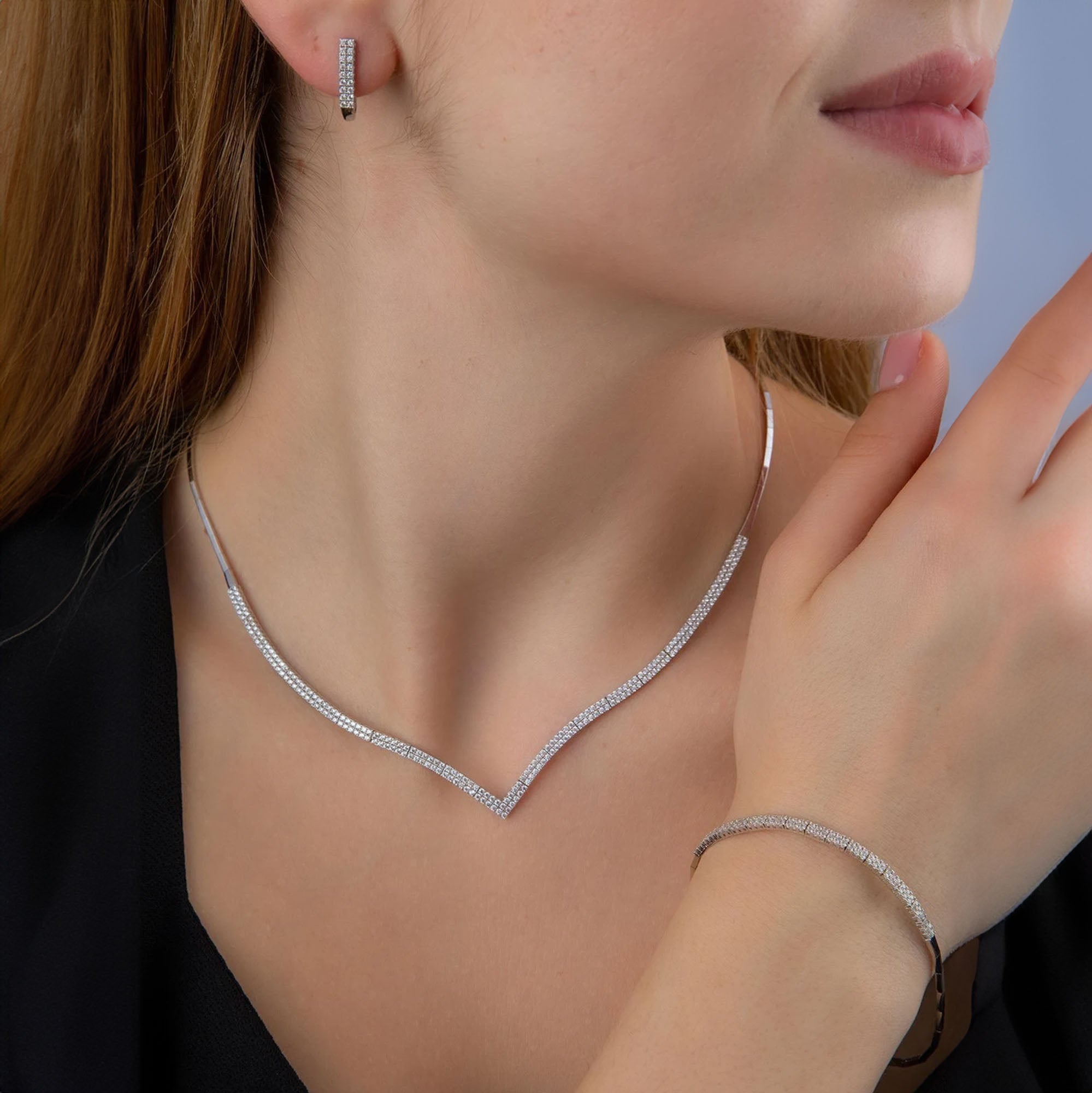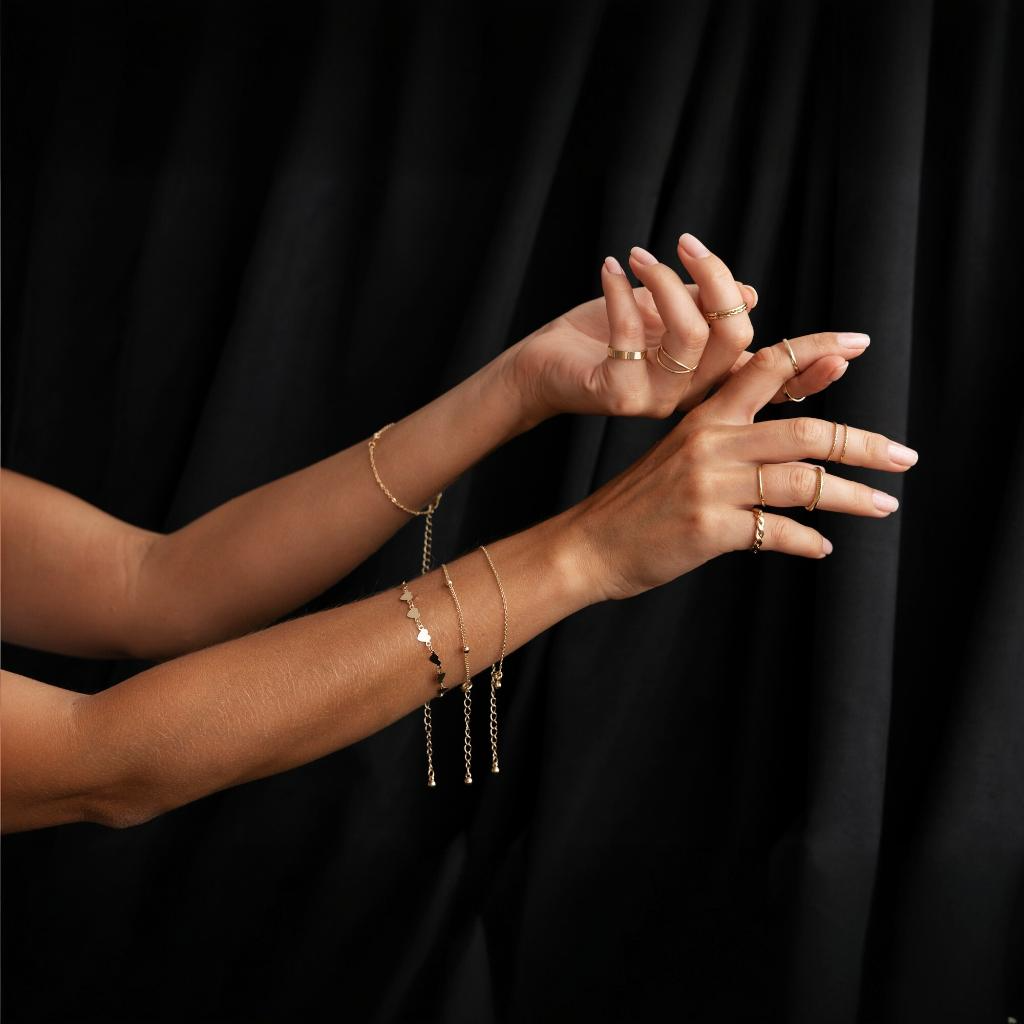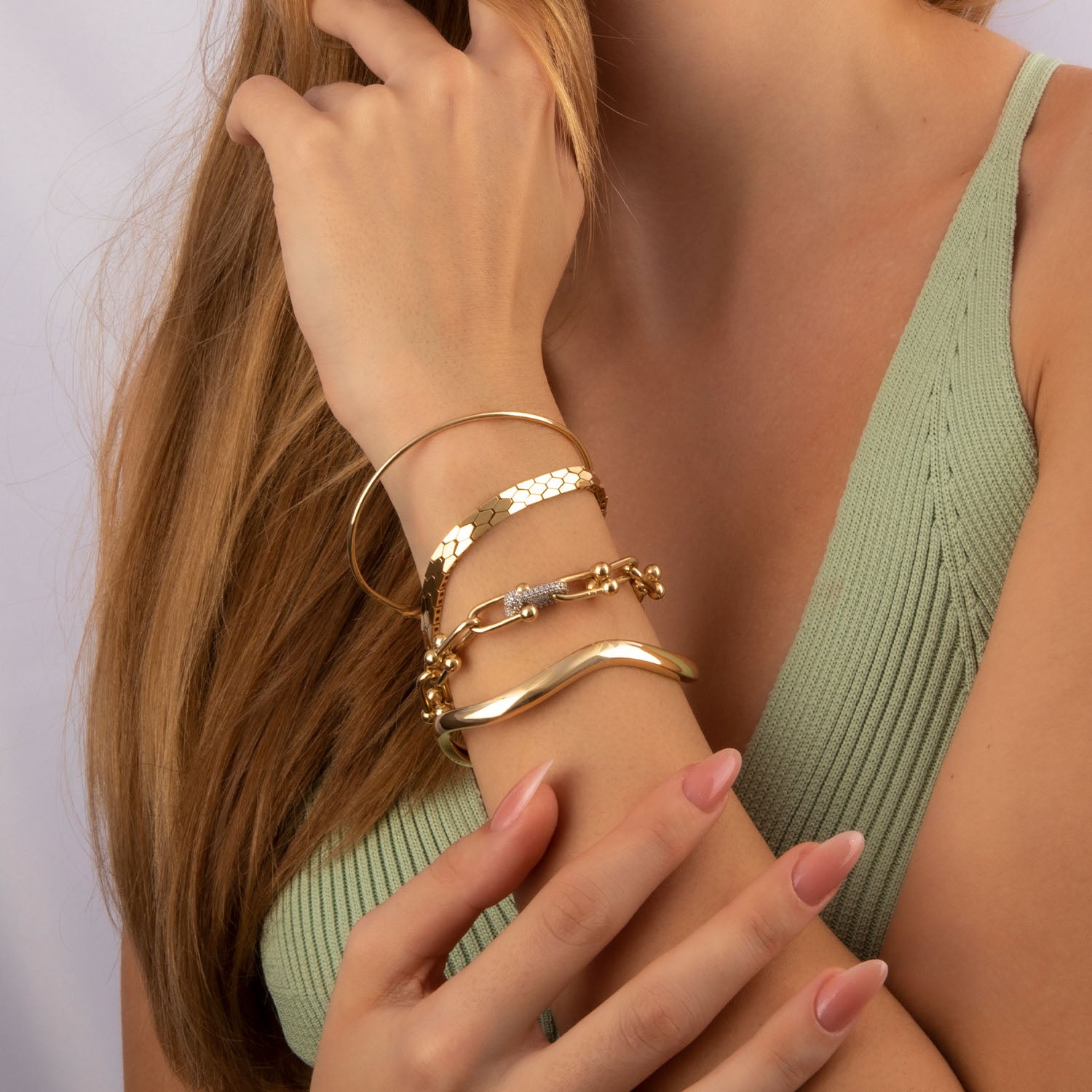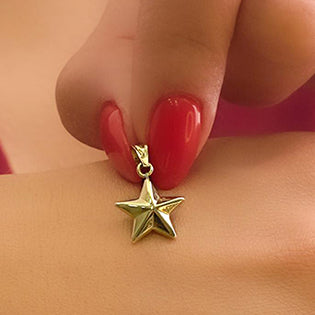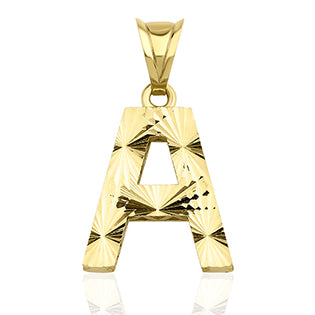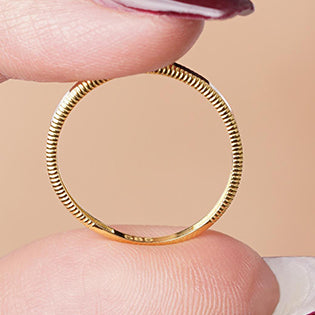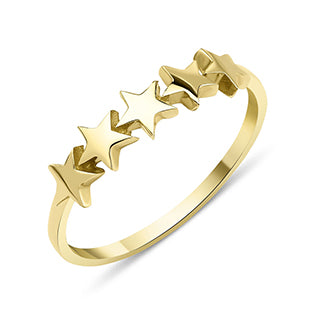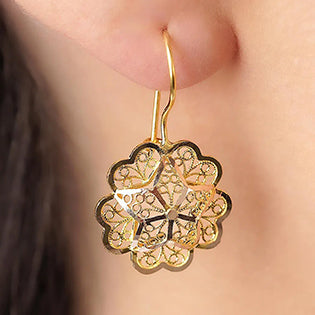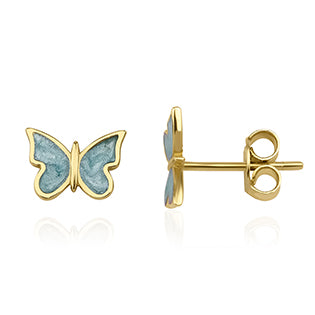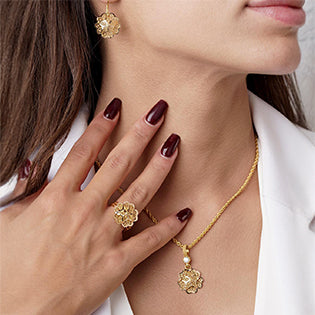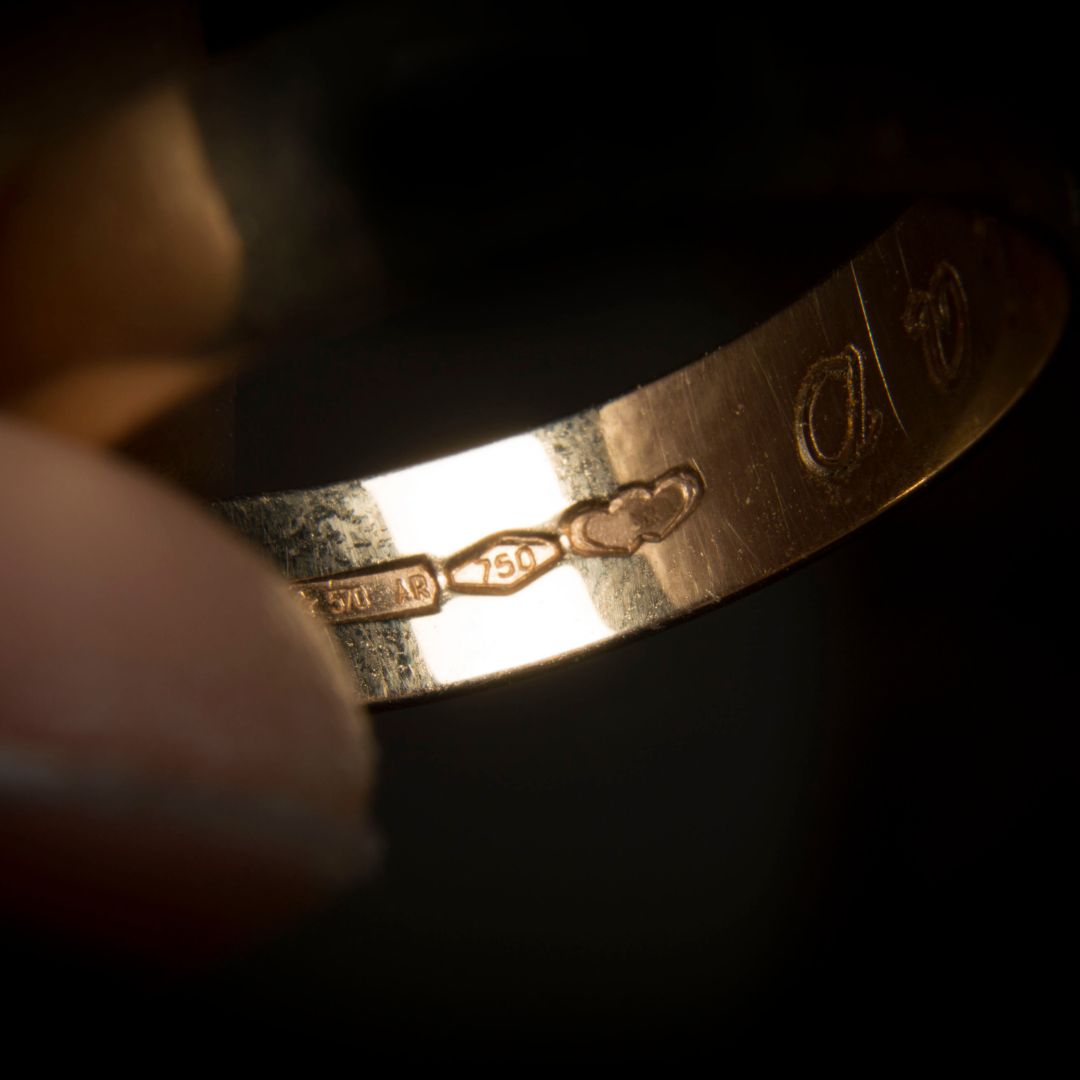
Decoding Gold Purity Stamps: A Practical Guide
If you’ve ever peeked at the tiny markings on your gold jewelry and wondered what they mean, you’re in the right spot. It’s 01:24 AM on August 5, 2025, and while the world sleeps, let’s dive into the nitty-gritty of gold purity stamps. These little etchings are your key to understanding what you’re wearing or selling, especially in the US market where gold prices hover around $2,500 per ounce. We will walk you through spotting, interpreting, and verifying these stamps with a fresh, straightforward vibe.
What Are Gold Purity Stamps?
Picture this: a tiny code etched into your ring or necklace, like a secret message from the maker. Gold purity stamps are those small engravings—numbers like 10K, 14K, or 18K—showing how much real gold is in the piece. They’re mandatory in the US under federal law to prevent scams and ensure you know what you’re getting. These marks reflect karats, a unit measuring gold’s fineness out of 24 parts. So, 24K means pure gold, while lower numbers mean it’s mixed with other metals. Let’s break it down!
Spotting the Stamps
First things first—where do you look? Stamps hide in plain sight, often on the inside of rings, the clasp of a bracelet, or the back of a pendant. Grab a magnifying glass or jeweler’s loupe (10x magnification works great) because these are tiny—sometimes just a millimeter or two. If it’s a new piece, check near the hallmark or brand logo. Older stuff might be trickier, worn down by time, so patience is key. No stamp? Red flag—could be a fake or unregulated item.
Reading the Karat Marks
Here’s the fun part: cracking the code. The karat number tells you the gold percentage. Here’s the lineup:
-
10K: 41.7% gold, the minimum for “fine jewelry” in the US. Tough but less golden shine.
-
14K: 58.3% gold, a sweet spot for durability and color, super common here.
-
18K: 75% gold, richer hue, popular for luxury vibes.
-
22K: 91.7% gold, rare for daily wear, more for cultural pieces.
-
24K: 100% gold, pure but soft as butter.
Sometimes you’ll see “750” (18K), “585” (14K), or “417” (10K) in thousandths, a European twist. Add a decimal—750 means 75% gold. Easy, right?
Other Markings to Watch
Stamps aren’t just numbers. You might spot letters or symbols:
-
Maker’s Mark: A logo or initials (e.g., “Fiyonk”) showing the manufacturer.
-
Country Mark: Like “US” or a lion for the UK, hinting at origin.
-
Plating Codes: “GP” (gold-plated) or “GF” (gold-filled) mean it’s not solid gold—buyer beware!
-
Weight or Size: Rare, but some note grams or dimensions.
These extras help verify authenticity. If it’s all gibberish or missing, dig deeper.
Why It Matters
Knowing the stamp saves you from a headache. Selling gold? A 14K ring’s worth hinges on that 58.3% gold content—maybe $40 per gram at today’s rate, versus $80 for 24K. Wearing it? Lower karats (10K) resist scratches better but might irritate sensitive skin with nickel alloys. High karats (18K+) look stunning but dent easily. Plus, fakes flood the market—unmarked pieces could be brass painted gold. Stamps are your shield.
Tools to Check Stamps
Don’t trust your eyes alone. Grab a loupe to magnify details. A jeweler’s acid test kit—drops that change color with gold purity—confirms the mark, though it’s messy. For pros, an XRF analyzer scans metal composition, but that’s for experts or pawnshops. At home, compare the stamp to known pieces or online charts. If it’s worn off, a pro assay is your next move.
Common Pitfalls
Watch out for traps. Stamps can be faked—etched onto base metal with acid or laser. If the color looks off (too brassy) or the stamp seems too perfect, suspect a counterfeit. Worn stamps might mislead—test the metal itself. And don’t mix up karats with carats (for gem weight)—easy mistake! Always cross-check with a trusted source.
Verifying Authenticity
Take it to a jeweler for a second opinion. They’ll use tools like electronic testers or fire assays to match the stamp to the metal. In the US, the Federal Trade Commission backs this—jewelers must disclose purity accurately. Online buyers? Send to a certified appraiser first. For big sales, get a lab report. It’s worth the $20-$50 to avoid a dud deal.
Stamps and Allergies
Alloys in the stamp’s karat matter. 10K and 14K might include nickel, triggering rashes in 10-20% of Americans. 18K and up use less reactive metals like palladium. Check the stamp, then test on skin. No stamp or unknown alloy? Skip it if you’re sensitive.
Selling Gold: Stamp Impact
At 01:24 AM on August 5, 2025, gold’s hot—$2,500 per ounce drives sales. A 10-gram 14K necklace has 5.83 grams of gold, worth about $468 at spot, but dealers offer $300-$350 after margins. Higher karats (18K) fetch more per gram ($60 vs. $47), boosting returns. Stamps guide your price—misread one, and you’re shortchanged. Keep records of purchase to prove purity for tax forms (IRS Form 1099-B if over $600).
Cultural Context in the US
Americans lean toward 14K for practicality, stamped clearly on mass-market jewelry. Luxury brands flaunt 18K with designer marks. Imported 22K pieces from Asia or the Middle East might carry exotic stamps—double-check local standards. Regional tastes shape what stamps you’ll see, from California’s modern 18K to Texas’s traditional 14K.
Maintenance Tips
Stamps don’t wear off easily, but clean jewelry gently with soap and water to avoid scratching the mark. Avoid harsh chemicals—bleach can fade plating on lower karats. Store pieces separately to prevent stamp erosion from friction. A clear stamp keeps value intact.
Future Trends
In 2026, sustainability pushes recycled gold, with stamps noting “RC” for recycled content. Tech advances might add QR codes to stamps, linking to purity certificates. Stay updated—stamps evolve with market demands.
Wrap-Up
Decoding gold purity stamps isn’t rocket science—it’s about spotting the mark, reading the karat, and verifying the truth. Whether you’re wearing a 14K band or selling an 18K chain, these tiny engravings unlock value and safety. Grab a loupe, test with care, and consult a pro when in doubt. In the US market, a clear stamp is your golden ticket to confidence at 01:24 AM or any time!


